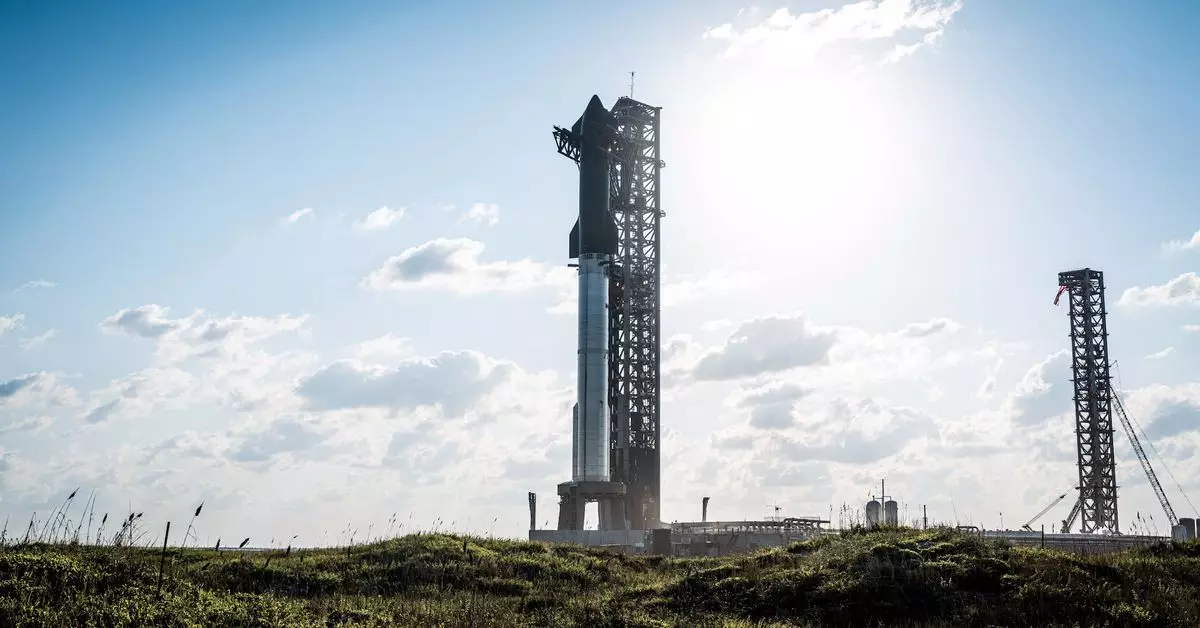As SpaceX gears up for its fifth launch of the Starship program on October 13th, anticipation reaches a fever pitch within both the aerospace community and the general public. Scheduled for a 30-minute window starting at 8 AM ET, this launch embodies the spirit of innovation and determination that has characterized SpaceX’s endeavors since its inception. It’s not merely another test; it promises to push the boundaries of what is achievable in modern space exploration.
In a significant development, the Federal Aviation Administration (FAA) has granted SpaceX the necessary approvals, affirming that the company has satisfied all safety, environmental, and licensing prerequisites for this suborbital test flight. This regulatory endorsement is crucial not only for the company but also signals confidence in its operational protocols and risk management strategies. The FAA’s rigorous assessment processes highlight the importance of adherence to safety standards, ensuring that both public and agency concerns are addressed.
In today’s digital age, the ability to witness significant milestones in real-time enhances public engagement with scientific endeavors. SpaceX has committed to broadcasting this launch live, starting approximately 35 minutes before liftoff. Viewers can tune in via the company’s official website, its X account, or the associated X TV app. This approach not only democratizes access to groundbreaking events but also cultivates a broader understanding and interest in space technology among diverse audiences.
The objectives for this particular flight extend beyond simply achieving liftoff; SpaceX aims to return the Super Heavy booster to its launch site—a feat not yet accomplished in any of its prior missions. This recovery phase is critical, as it will demonstrate the efficacy of SpaceX’s reusability strategy and potentially reduce the costs tied to future launches. Moreover, the mission seeks to achieve another successful splashdown of the Starship in the Indian Ocean, a milestone that was first realized in its previous test flight. This aspect is not merely a technical challenge, but also a testament to SpaceX’s commitment to pioneering safe and effective technologies for space travel.
The Starship program represents a transformative vision for the future of space exploration, aimed at facilitating missions to the Moon, Mars, and beyond. By continually refining the performance and reliability of its spacecraft through iterative testing, SpaceX stands at the forefront of a new era in interplanetary travel. As each launch unfolds, it brings the dream of making space more accessible to humanity one step closer to reality, offering hope and inspiration for generations to come.
As we look forward to the October 13th launch, it’s essential to recognize the myriad factors at play—from regulatory approvals to technological ambitions. SpaceX continues to shape the future of aerospace, making strides that could ultimately redefine human capabilities in exploring the final frontier.


Leave a Reply